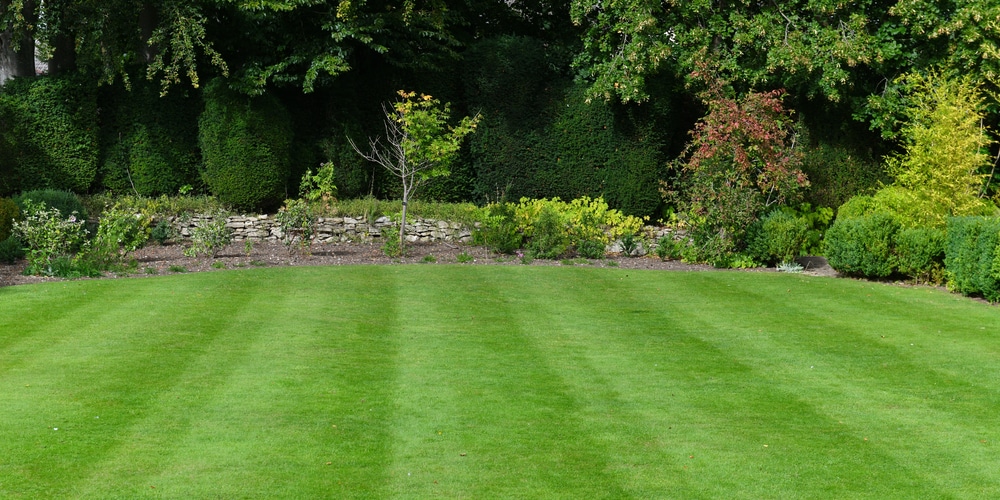Have you ever wondered if grass dies in the winter? The answer to this question depends on what type of grass is growing in your yard. Grass is classified as being either warm or cool season. Warm-season grasses will grow well in the spring and summer months and will become dormant in the winter. If conditions are harsh, the grass will turn brown and may die completely due to frost damage.
This article will look at the difference between warm and cool-season grasses and will answer the question, ‘Does grass die in the winter?’
Quick Answer:
Most varieties of grasses do not die off during the winter season
Does grass die in the winter?
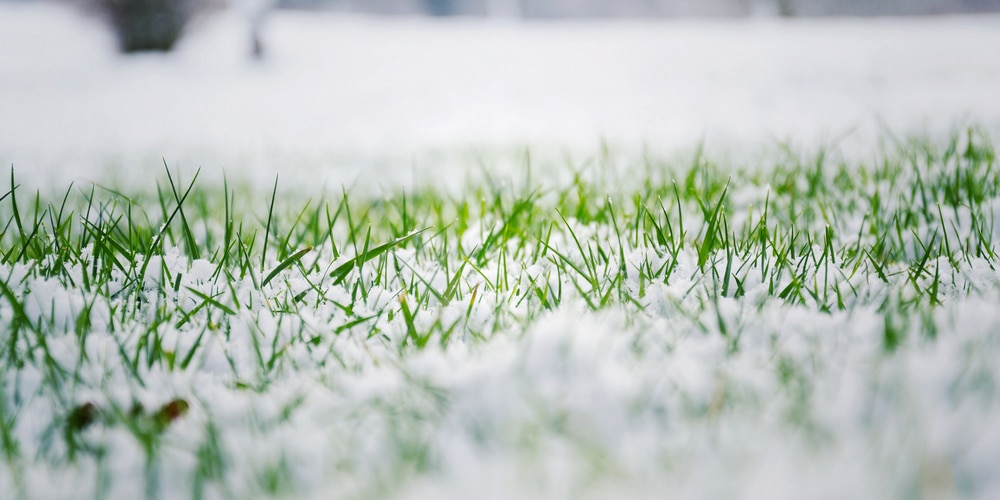
Most varieties of grasses do not die off during the winter season, but warm-season grass will become dormant and turn brown. The only time a lawn needs to be repaired is when a harsh winter causes damage to its root system.
However, homeowners must make sure their lawns are healthy enough before winter hits. This means mowing your lawn at least twice per week and fertilizing it monthly from late summer through early fall.
These tasks will ensure that your grass has everything it needs to survive harsh weather conditions during the colder months of the year. If you fail to keep up with these simple tasks, then you may have dead spots in your yard that need to be overseeded once spring arrives.
The difference between cool and warm season grass varieties
Most varieties of grasses can be classified as either cool or warm season.
Warm Season
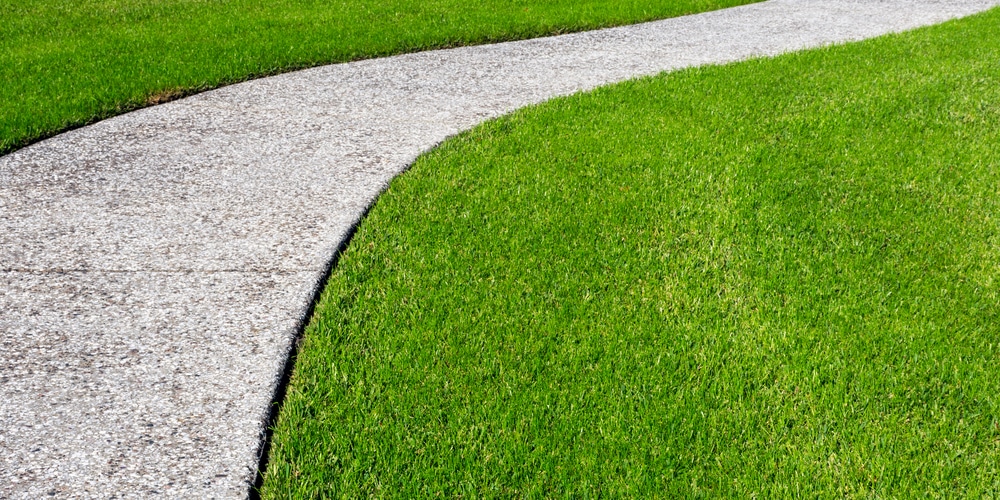
Warm-season grasses are the types of grass you see turning brown in the winter months. These varieties include Bahia, Bermuda, buffalo grass, carpet grass, centipede grass, Zoysia, and St Augustine. These types of grasses will remain green for much of the year if they are healthy and the weather doesn’t get too cold.
However, during cold spells, these lawns will turn brown just like any other plant that experiences freezing temperatures. If your warm-weather lawn still appears to be dead when spring arrives, it is probably because its root system failed to make it through the winter. Warm-season grasses thrive from late spring through to early fall, with a small growth spurt in mid-winter under certain conditions.
Cool Season
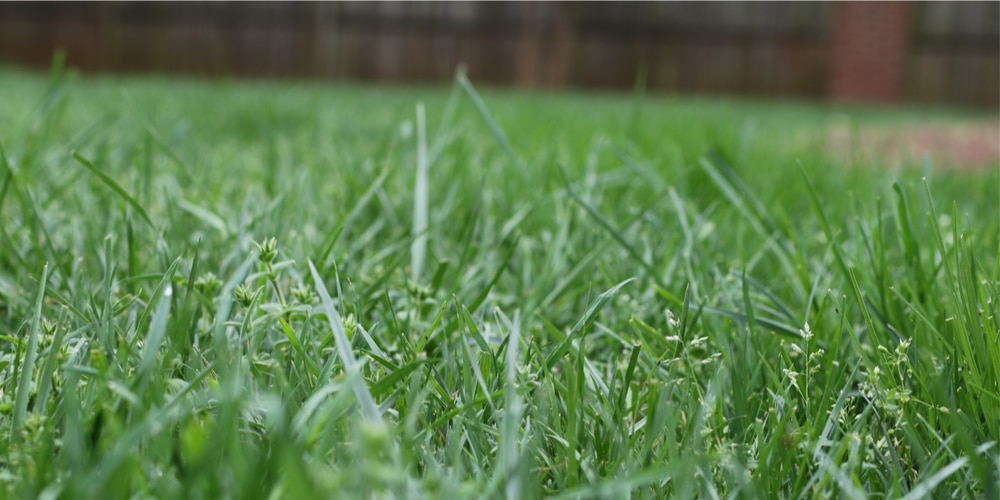
Cool-season species grow best during the fall and winter, with a small window of opportunity in early spring. These species often go dormant during periods of intense heat and humidity.
What type of grass is growing in your yard?
The easiest way to tell what type of grass is growing in your yard is by looking at when it starts to turn green again after winter has passed. If you have Bermuda, St Augustine, centipede, or zoysia, you will notice that your lawn turns green in the spring and remains green until the first frost of autumn hits. These are warm-season grasses.
Cool-season grasses have a completely different schedule. Grass varieties such as ryegrass, red fescue, Kentucky bluegrass, and tall fescue are all cool-season varieties that thrive in cold weather and become dormant during the summer. Winter ryegrass is an excellent cool-season grass that will survive the summer fine in most States.
Is brown grass dead?
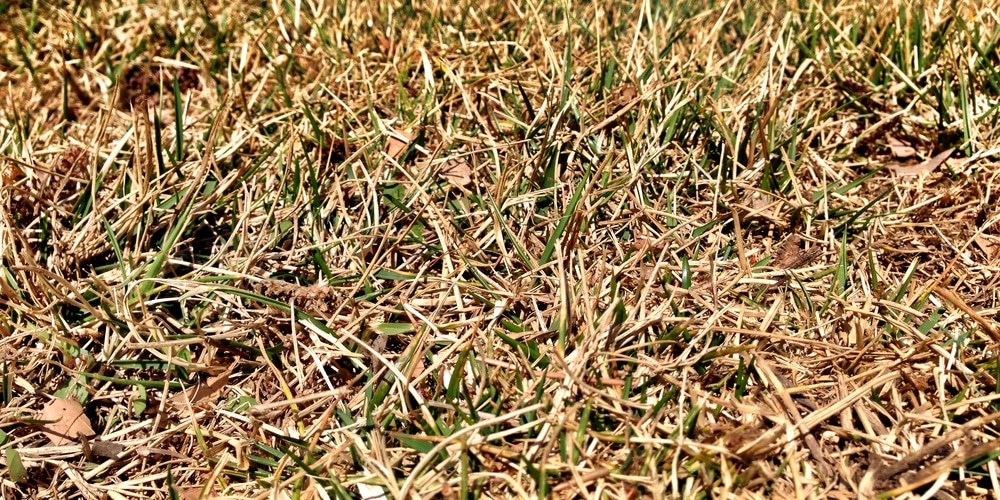
Just because your yard is brown during the winter months doesn’t mean you need to worry about damaged grass or dead spots when spring arrives. Warm-season grasses will turn green when exposed to warm weather, and they will stay that way through early fall. However, the opposite is true for cool season type grasses. They turn brown in warm weather, but they will still be alive under the snow.
In most cases, brown grass isn’t dead and will revive itself during the correct growing season. Some homeowners find that some of their warm-season grass may have died after a particularly harsh winter, and the lawn may look patchy. This can be solved by over-seeding in the spring.
If you want to grow a green lawn year-round, you can use a mixture of warm and cool-season grasses. It’s best to use a grass variety that’s most suitable for your location and climate. If you live in a warmer area and grow warm-season grass that turns brown in the winter, over-seeding with cool-season grass in the fall will allow you to have a green yard year-round.
Conclusion: Grass does not die during the winter months
If your grass appears brown and dead in the winter, it is most likely because your soil temperature dropped below 40 degrees Fahrenheit. Warm-season lawns tend to turn green again in early spring.
